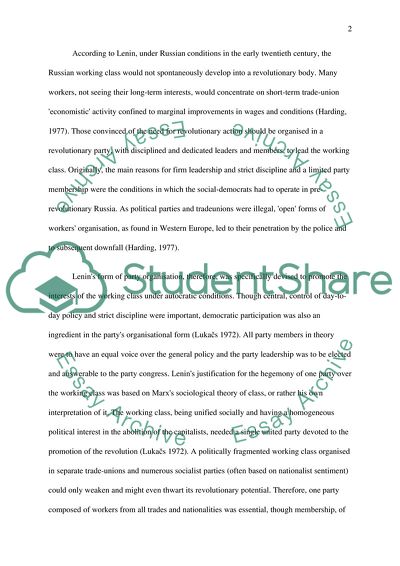Cite this document
(Leninism, Keynesianism and Neo-Liberalism Coursework, n.d.)
Leninism, Keynesianism and Neo-Liberalism Coursework. https://studentshare.org/macro-microeconomics/1711283-leninism-keynesianism-and-neo-liberalism-are-all-economic-determinist-theories-discuss
Leninism, Keynesianism and Neo-Liberalism Coursework. https://studentshare.org/macro-microeconomics/1711283-leninism-keynesianism-and-neo-liberalism-are-all-economic-determinist-theories-discuss
(Leninism, Keynesianism and Neo-Liberalism Coursework)
Leninism, Keynesianism and Neo-Liberalism Coursework. https://studentshare.org/macro-microeconomics/1711283-leninism-keynesianism-and-neo-liberalism-are-all-economic-determinist-theories-discuss.
Leninism, Keynesianism and Neo-Liberalism Coursework. https://studentshare.org/macro-microeconomics/1711283-leninism-keynesianism-and-neo-liberalism-are-all-economic-determinist-theories-discuss.
“Leninism, Keynesianism and Neo-Liberalism Coursework”. https://studentshare.org/macro-microeconomics/1711283-leninism-keynesianism-and-neo-liberalism-are-all-economic-determinist-theories-discuss.


